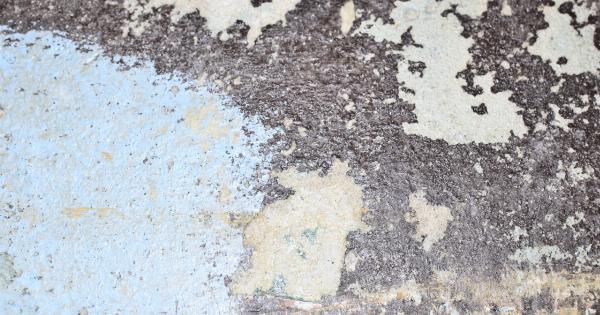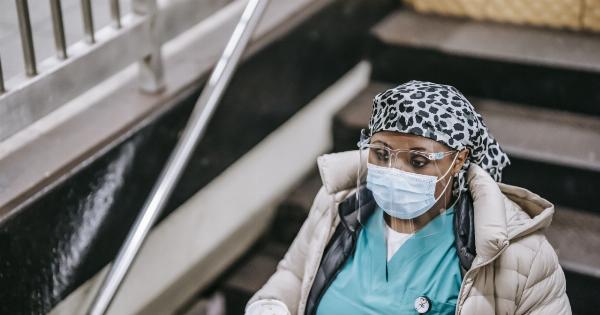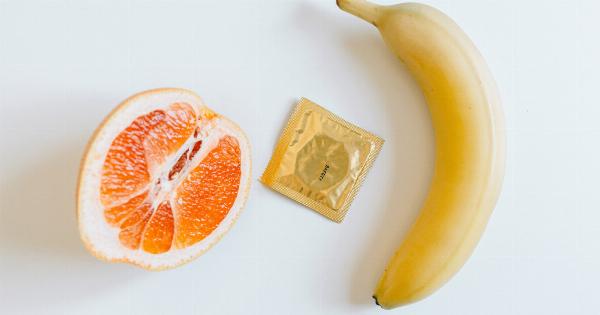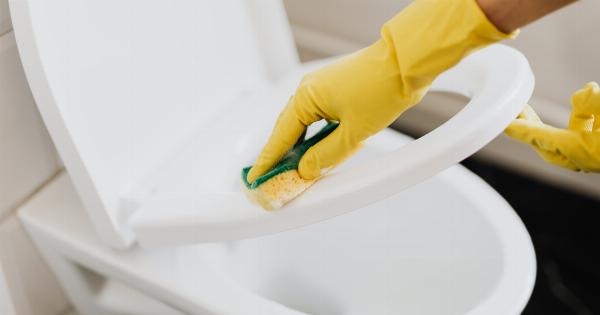Piles, also known as hemorrhoids, are swollen veins in the lower rectum and anus that can cause discomfort and pain. They can occur internally or externally and affect millions of people worldwide.
Living with piles can be challenging, but understanding the causes and available treatments can help manage the condition effectively.
Causes of Piles
Piles are often caused by increased pressure on the rectal veins. The following factors can contribute to the development of piles:.
1. Chronic Constipation
Straining while passing stool due to chronic constipation can put pressure on the rectal veins, leading to piles.
2. Pregnancy
Pregnant women commonly experience piles due to increased pressure on the abdomen and hormonal changes.
3. Obesity
Being overweight or obese can increase the strain on the rectal veins, making piles more likely to occur.
4. Sedentary Lifestyle
Sitting for prolonged periods, especially on a hard surface, can contribute to the development of piles.
5. Heavy Lifting
Lifting heavy objects frequently can strain the abdominal muscles and increase the risk of piles.
6. Aging
The tissues supporting the veins in the rectum tend to weaken with age, making piles more common among older adults.
Symptoms of Piles
Piles can cause various signs and symptoms, including:.
1. Pain and Discomfort
Internal and external piles can lead to pain, itching, and discomfort in the anal area.
2. Bleeding
Bright red blood may be seen on toilet paper or in the toilet bowl after a bowel movement.
3. Prolapse
An internal pile may protrude from the anus, causing a feeling of incomplete bowel movement.
4. Itching and Irritation
Piles can cause itching and irritation in the anal area, leading to discomfort.
Treatments for Piles
Effective treatments are available to manage piles and alleviate symptoms. The choice of treatment depends on the severity of the condition and individual preferences. Here are some common treatments:.
1. Lifestyle Changes
Adopting a few healthy habits can help prevent and manage piles. These include:.
2. High-Fiber Diet
Eating a diet rich in fiber can promote regular bowel movements and prevent constipation.
3. Increased Water Intake
Drinking an adequate amount of water can soften the stool and ease bowel movements.
4. Regular Exercise
Engaging in physical activity regularly can improve bowel function and prevent the development of piles.
5. Medications
Over-the-counter creams, ointments, and suppositories can help relieve pain and itching associated with piles.
6. Minimally Invasive Procedures
If lifestyle changes and medications do not provide sufficient relief, your doctor may recommend minimally invasive procedures such as:.
7. Rubber Band Ligation
In this procedure, a small rubber band is placed around the base of the pile to cut off its blood supply, causing it to shrink and eventually fall off.
8. Sclerotherapy
A chemical solution is injected into the pile, causing it to shrink over time.
9. Hemorrhoidectomy
In severe cases, surgical removal of the piles may be necessary.
Prevention Tips
Preventing the occurrence or recurrence of piles is possible by following these tips:.
1. Maintain Good Bowel Habits
Avoid straining during bowel movements and establish a regular toilet routine.
2. Avoid Prolonged Sitting
If your job involves long hours of sitting, take breaks and walk around periodically.
3. Stay Active
Engage in regular physical activity to improve blood circulation and prevent constipation.
4. Maintain a Healthy Weight
Avoid becoming overweight or obese, as it can increase the strain on the rectal veins.































